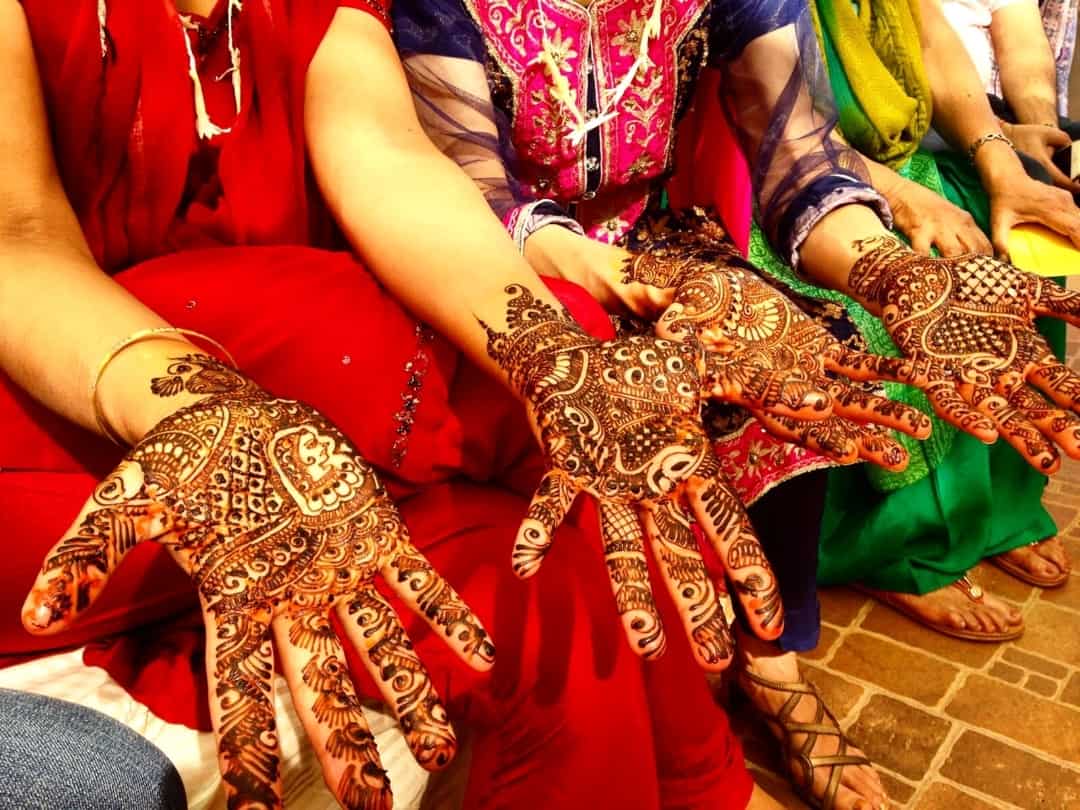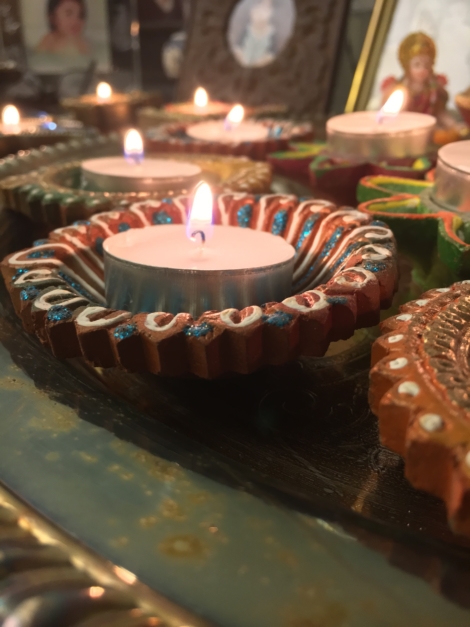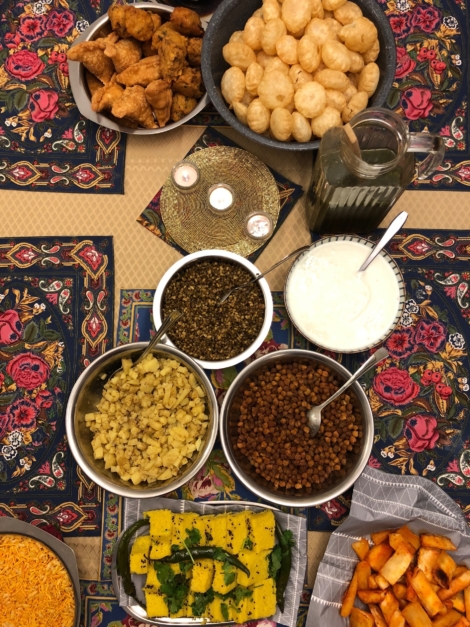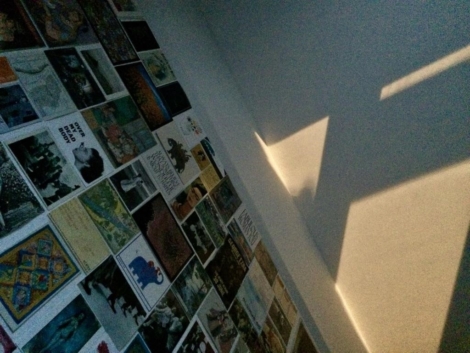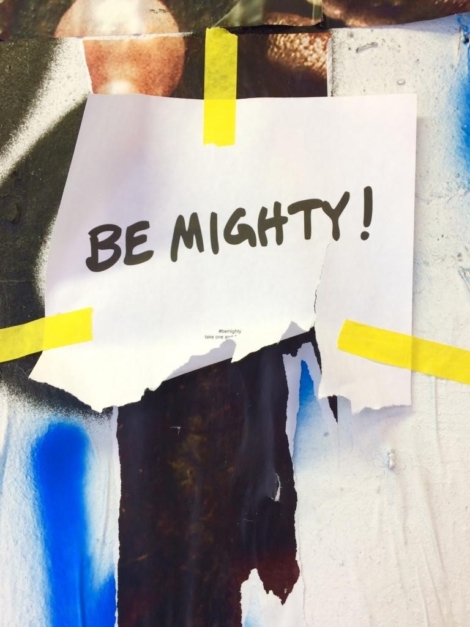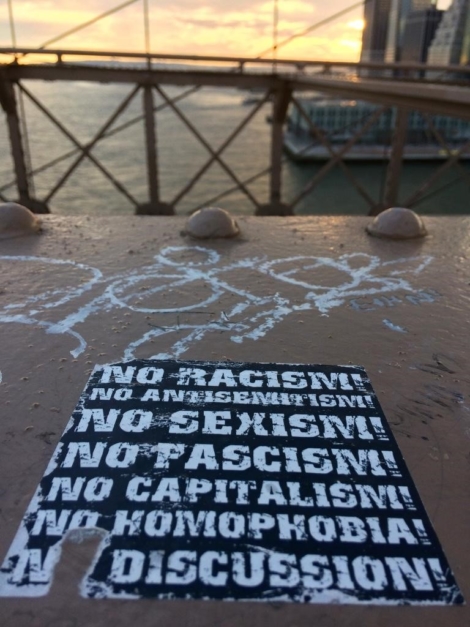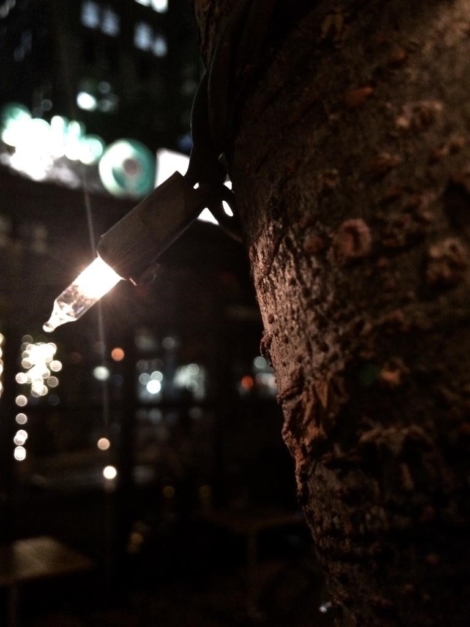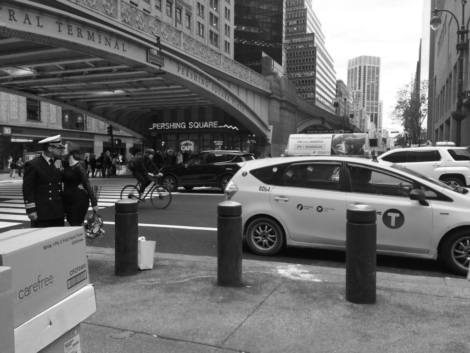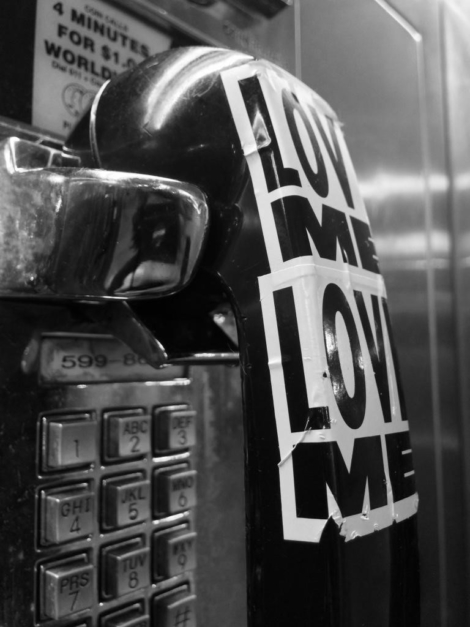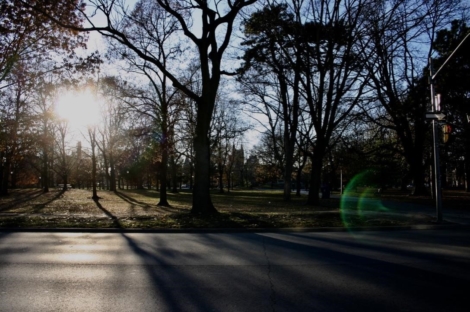Diwali changes with the lunar calendar. It is dependent on the sun, the moon, the stars, and the movement of the tides. The universe has to be at peace, with all its elements perfectly aligned, before the festival of lights can be celebrated.
However, like most ancient fables, Diwali is not without its flaws. When analyzed and overanalyzed, it becomes impossible to ignore the rape of Sita. To me, she is the embodiment of the treatment of women in both the West and the East.
For those not familiar with the history of the festival, one such story focuses on the exile of Lord Rama and his wife Sita. Rama rescues Sita, with the help of Hanuman (the magical flying monkey king) from the evil demon King Ravana, who had kidnapped and enslaved her. After the couple are guided back to India from Lanka, Rama banishes Sita because she is no longer ‘pure’ enough to be the wife of a king.
This is a very different version to the one I was told when I was younger. The story I grew up with is heavily associated with happily ever afters, fireworks, samosas, regrowth, and a New Year.
Thinking beyond ourselves, questioning problematic concepts and generally holding the world to a high standard is vital to the improvement of the human condition. For me, this mindset is encouraged by studying at university, living in two big, relatively progressive cities, and constantly striving to be the best version of myself. But honestly, it’s exhausting to be continuously disappointed.
Ultimately, Diwali is just a story with outdated views and concepts. But it’s still my favourite epic. It is, in my opinion, the best allegory of all the old Indian tales; the celebration of light over darkness, good over evil, and knowledge over ignorance. It reminds us how love, in its various forms, will inevitably lead to greatness.
At their core, I like the stories of the Vedas and the Mahabharata. After all, we could all probably do with a little more light and good energy this New Year.

